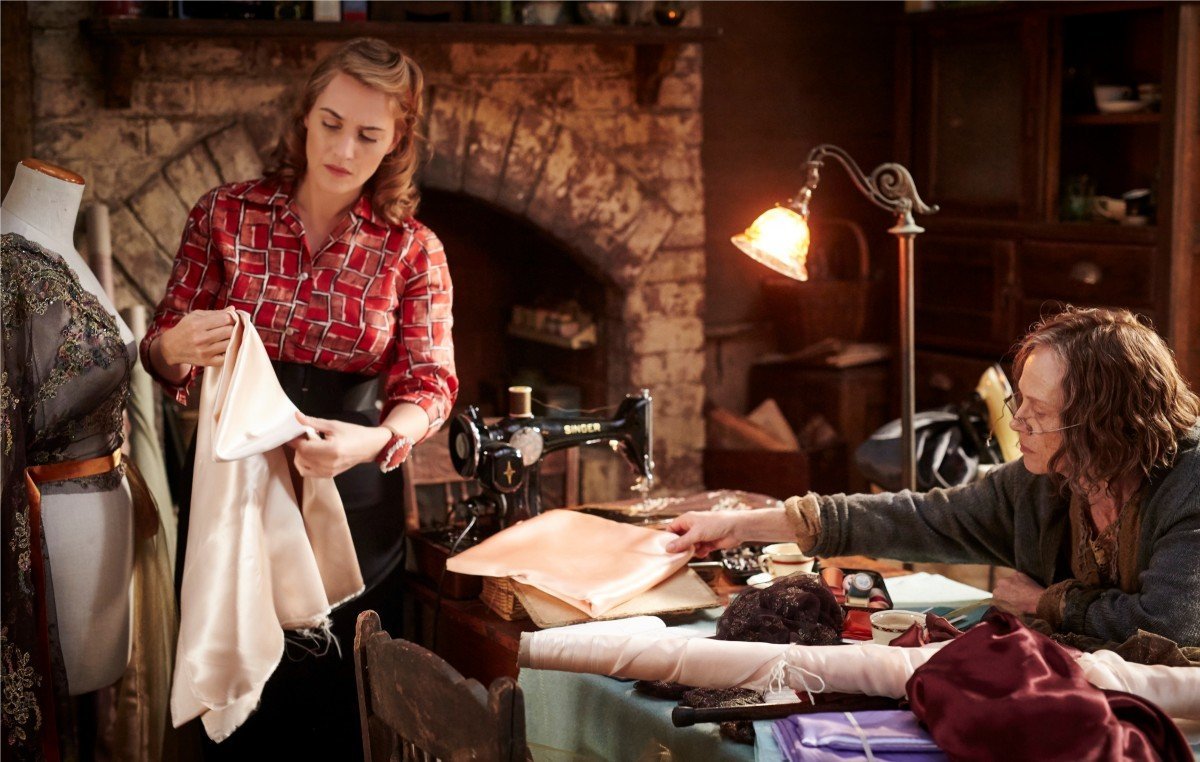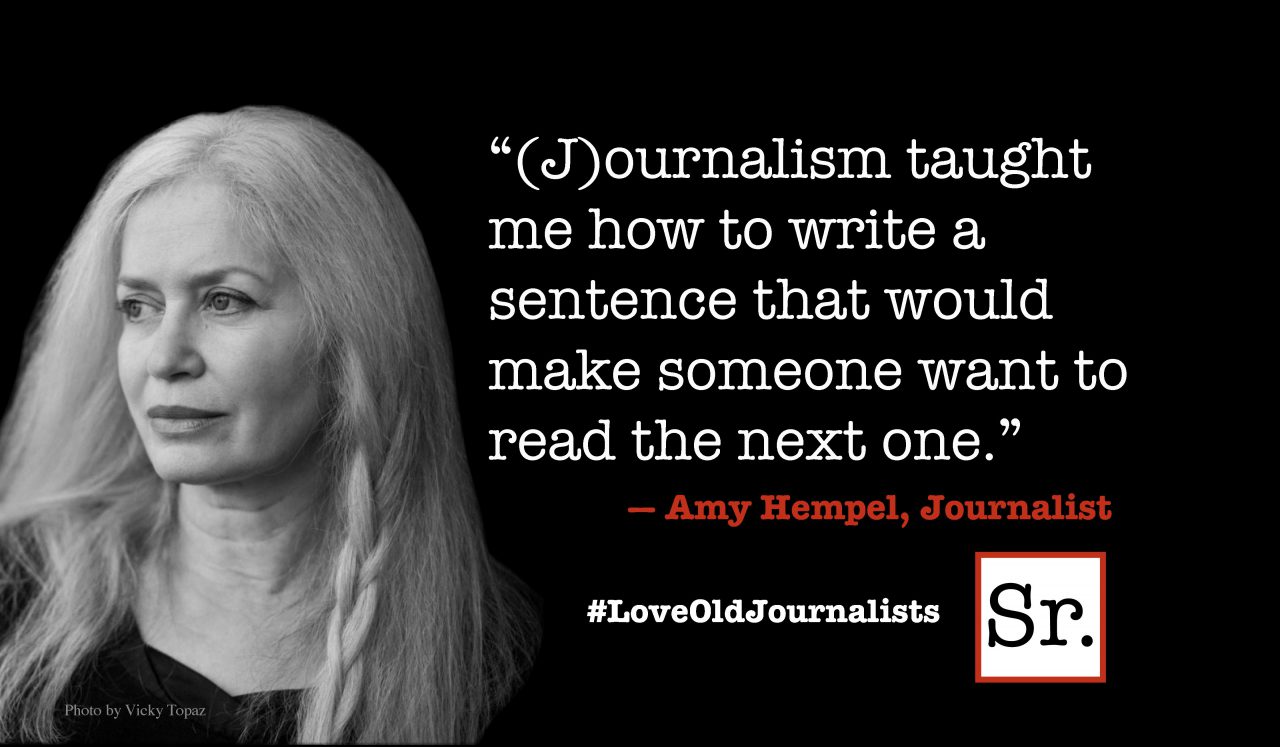So many stories, moods and contradictory elements are swirling around in Jocelyn Moorhouse’s “The Dressmaker” that it’s no wonder it never settles down into a coherent whole.
Parts of this Down Under oddity, though, are delightfully memorable.
Adapting Rosalie Hamm’s novel with her husband, filmmaker P.J. Hogan (“Peter Pan,” “Muriel’s Wedding”), Moorhouse has given this period piece a distinct visual look and no shortage of eccentric characters.
And almost everywhere you look, “The Dressmaker” is paying homage to other films and literary works.
There is, for starters, the film’s basic setup: a woman returns to the provincial town of her childhood, not so much to be reacquainted with old friends as to explore her tormented past and perhaps take revenge on those who made her youth a living hell. That, combined with its blend of absurdist humor and angry drama, makes “The Dressmaker” a sort of modern-day clone of Friedrich Durrenmatt’s often-revived 1956 tragicomedy “The Visit.”
At the same time “Dressmaker” borrows freely from the spaghetti Western tradition. Though it’s in Australia, the town to which our heroine returns looks like nothing so much as a barren Wild West burg, complete with dirt main street, weird rock formations, ramshackle buildings and a few leafless dead trees.
David Hirschfelder’s musical score is heavy on ersatz Ennio Morricone, right down to the electric guitars, pounding tympani and clanging chimes.
It’s 1951 and after an absence of nearly 20 years Tilly Dunnage (Kate Winslet) has returned to dusty Dungatar (emphasis on the “dung”). She moves back in with her half-cracked mother Molly (Judy Davis), who lives in bag-lady squalor in a crumbling hovel overlooking the town.
Tilly reintroduces herself by attending a local football match in a flaming red evening gown that must be the brightest object within 100 square miles.
In the years she was away Tilly worked in the fashion industry in London, Paris and Milan and she relishes the opportunity to rub the townspeoples’ faces in her sophistication.
Some locals aren’t buying this vision in their midst. As a child Tilly was suspected of murdering a classmate and was shipped off to a boarding school in Melbourne for her own safety. She’s not exactly everyone’s favorite person.
But others, mostly long-put-upon women, see her arrival as a godsend. Especially after Tilly uses her dressmaking and makeup skills to transform a drudge of a shopgirl (Sarah Snook) into a glamorous fashion plate capable of luring and hooking the wealthiest young man in town.
Before long the ladies of Dungatar are going about their daily chores dressed in spectacular Tilly-sewn outfits right out of the pages of Elle.
The powers that be, determined to blunt Tilly’s growing popularity, import a rival dressmaker with a mandate to create modest fashions to counter Tilly’s haute couture influence. Think of the two designers as rival gunfighters, and you won’t be far off the mark.
All this is presented with a blend of eccentric humor and bad-taste-in-the-mouth melodrama.
There are numerous amusing/appalling characters. Kerry Fox is the local schoolmarm, who abused Tilly back in the day and isn’t letting up now. Liam Hemsworth is charmingly hunky as the boyhood friend who slowly breaks down Tilly’s defenses. Hugo Weaving is a hoot as the town constable, a secret crossdresser who practically swoons examining Tilly’s latest shipment of fabrics.
There are plenty more: maliciously gossiping biddies, corrupt city officials, a Gospel-crazed druggist, and no shortage of abused and cheated-on wives.
But just when you think “The Dressmaker” has settled into snarky dark comedy mode, it throws itself into the blackest, dourest developments, killing off characters — some of whom we’ve come to love — with an abruptness that threatens to alienate a good chunk of the audience.
Winslet is the film’s center, presenting Tilly as a woman torn between self-doubt and self-assertion. Plus she does look great in those early ’50s flashions.
But the film is pretty much stolen by Davis, whose tart-tongued crone may be the best character of her impressive career.









